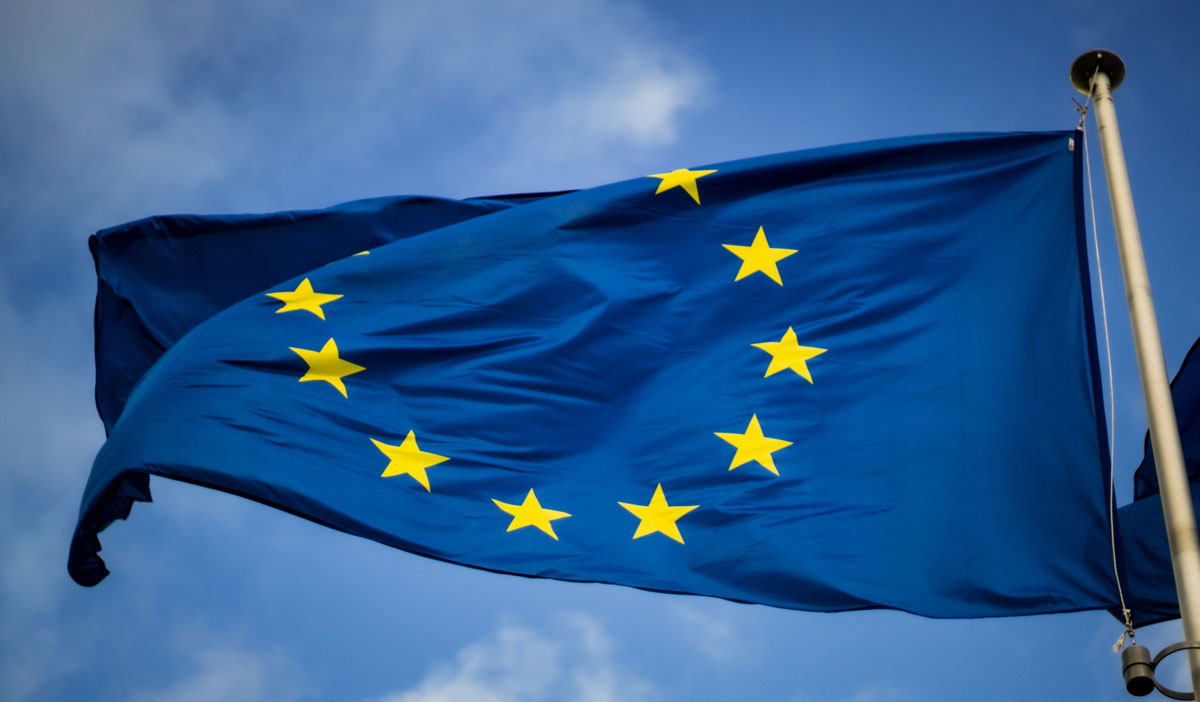From the second half of 2024, the rules for entering the Schengen area will change. We are talking about the entry into force of the Entry/Exit System (EES). An automated IT entry/exit system (EES) will register non-EU passengers every time they cross the external borders of European countries. The basic rule is also relevant for Russian tourists, who, despite the sanctions, will need to go to Europe — without a new, biometric passport, entry into the EU will be closed.
However, there is no official and exact start date for EES yet. However, the large-scale project will begin work in 2024, as stated on the European Commission website and the “New requirements for traveling to Europe” portal. Once EES is operational, the system will record travel document details, personal details, and information about the purpose, place, and time of entry/exit of each non-EU traveler.
When entering the Schengen area for the first time, tourists will be required to take a photograph and scan their fingerprints (biometric data). This information will be stored in the database for three years and then automatically deleted.
If a traveler refuses to provide their biometric data, they will be denied entry into European countries using the entry/exit system platform, which is why a biometric passport is needed.
The EU is confident that once the European Union entry/exit system comes into force, travelers will be able to obtain information from passport officers about the maximum remaining period of stay allowed on their visa. And if a tourist stays longer than their visa allows, depending on the national legislation in force in the European country concerned, the offender may be deported, subject to an administrative fine or fine, or banned from entering the EU in the future.

